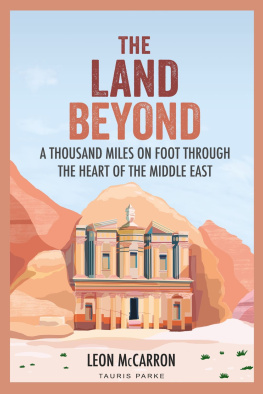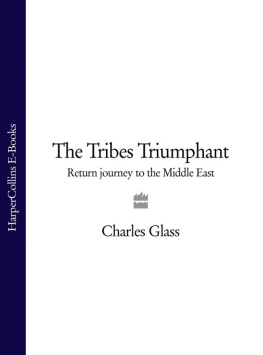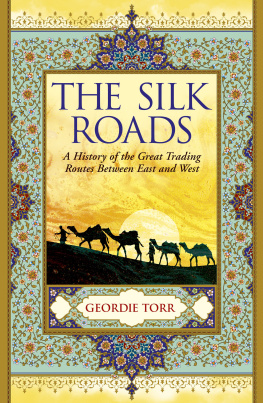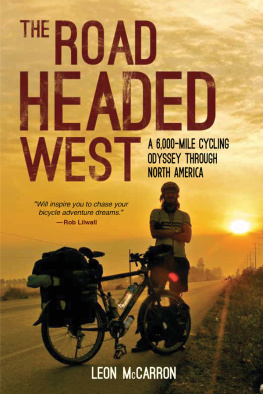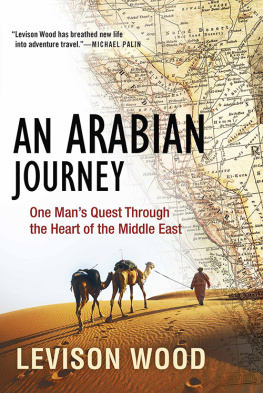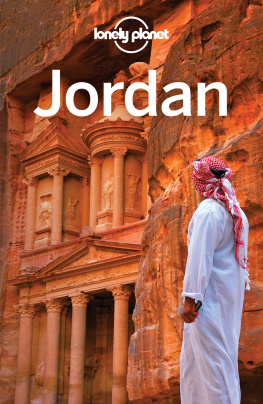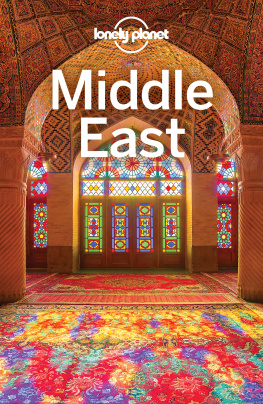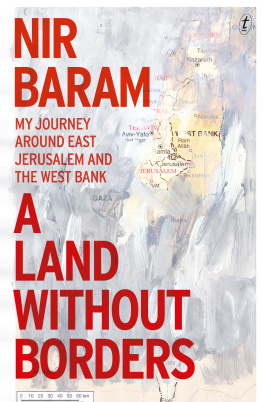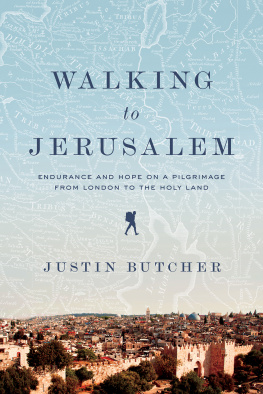
Leon McCarron is a writer, broadcaster and adventurer from Northern Ireland. He is a Fellow of both the Royal Geographical Society and theAbraham Path Initiative, and an Explorer ambassador for The North Face. He was a recipient of the 2017 Neville Shulman Award and in the last decade has travelled over 35,000 miles by human-power.
Leon has walked a 1000-mile loop of the Holy Land, crossed 3000 miles of China from north to south on foot, and led human-poweredprojects in Kosovo, Armenia and on the Yemeni island of Socotra.
He has cycled from New York to Hong Kong, walked through the largest sand desert on earth, kayaked the longest river in Iran, and riddenacross Patagonia on horseback. In 2019 he led an effort to design a long-distance hiking trail in central China, and he is currently working on a similar endeavour in Iraqi Kurdistan. He has presented a one-hour documentary for the BBC on the legacyof the explorer Lord Dufferin and reported for Radio 4s From Our Own Correspondent from the West Bank, Iraq, and Socotra. He has also made a four-part series Walking Home From Mongolia for National Geographic,presented an episode of the Real Stories strand about the Israelite Samaritans and produced four independent feature films, including theBanff Film Festival Finalist Into The Empty Quarter. He has bylines for National Geographic, New Scientist, BBC, the Guardian, The SundayTimes and the Daily Telegraph, amongst others. Leon is the author of The Road Headed West: A Cycling Adventure Through North America.
Immensely readable true travel writing in the honourable tradition ofRobert Byron, but with a sharp political edge. He informs us about the region of our troubled world we should, perhaps, understand best. Thetheme throughout is how walking brings solutions to all problems; or solvitur ambulando, as St. Augustine said.
Robin Hanbury-Tenison
A marvellous adventure and an impressive feat of endurance. This is also a journey that explores the people and landscapes of a misunderstoodpart of the world with great insight and enthusiasm.
Ranulph Fiennes
Informed, engaging and sensitive Leon makes the perfect companion for the dusty road.
Benedict Allen
Hewn with the visceral language and spirit youd expect from this adventurer.
National Geographic Traveller
A tribute to the humbling and immersive art of walking... Enlightening, engaging and a must-read for anyone interested in this area of the world.
Timeless Travels
McCarron frequently utilises an experienced, mature, non-judgemental exterior as the vehicle by which to carry us through a remarkably diverse Middle East, and into the lives of the many engaging and fascinating characters he and his companions encounter along the way.
Geographical Magazine
A hugely entertaining read, following the ups and downs of this journey on foot from Jerusalem through Palestine and Jordan to the summit of Mount Sinai in Egypt, illuminated with tender, insightful vignettes.
Aramco World
Shortlisted for the Adventure Travel Book of the Year at the Edward Stanford Travel Writing Awards
The land beyond the sea, that is to say, the Holy Land, which men call the land of promise or of behest, is the most worthy of lands [] for it is the heart and the middle of all the world [] He that will pass over the sea to go to the city of Jerusalem may go many ways, both by land and sea: many ways come to one end.
(John Mandeville, Diaries, c.1322)
I have met but with one or two persons on the course of my life who understood the art of Walking, that is, of taking walks [] sauntering: which word is beautifully derived from idle people who roved about the country, in the Middle Ages, and asked for charity, under the pretense of going la Sainte Terre, to the Holy Land, till the children exclaimed, There goes a Sainte-Terrer, a Saunterer, a Holy-Lander.
(Henry David Thoreau, Walking, 1862)
To all who create paths, and to those who sustain them
and keep them alive. Walk well.

Contents
The view east towards St Georges Monastery in Wadi Qelt between Jerusalem and Jericho this is said to be the Valley of the Shadow of Death from Psalm 23:4.
Looking out east to the mountains of Jordan from an olive grove in the West Bank, just north of Jericho.
Fadi making tea over a fire and resting in the shade in Wadi Auja, West Bank (photo by Dave Cornthwaite).
Um Huda and members of the womens co-operative in Aqbat Jabr refugee camp near Jericho in the West Bank.
The elders of the Samaritan community on Mount Gerizim, above Nablus city.
Jamal stopping for one of many tea breaks in the rolling green hills near Ajloun, Jordan.
Faisal, the desert philosopher, watching the sunset in Feynan, Jordan.
Author sleeping in a cave near Burbeita, Jordan.
Author and Sean Conway walking through the mountains between Petra and Rum.
The mouth of Wadi Feid, Jordan.
The Monastery at Petra, Jordan.
Austin climbing Jebel Milehis, with the view back across the peninsula to the east. In the distance are the mountains of Saudi Arabia, across the Red Sea.
Shepherds south of Kerak, Jordan, making tea and camping out while they look after the newly born kids.
Mohammed and Ahmad sharing stories and cigarettes around a fire in the Sinai Desert.
Ahmad and Ruman the camel walking in highlands close to the town of St Catherine.
Ahmad and Mohammed smoking cigarettes and loading a reluctant Ruman for the day.
The final day: (from left) author, Ahmad, Ruman, Mohammed, Austin, Abu Ali.
Mohammed and Austin walking through the wadis in the coastal range near Nuweiba, Sinai.
Unless otherwise stated, all photos are the author's own.
There were a number of reasons why I made this journey. In part, it was because of a flag.
The first time I saw a Palestinian flag, my family had just moved house and I must have been about five years old. In my formative years, the green, white, red and black would regularly be displayed proudly over houses in the village near where we lived. I was acquainted too with the blue and white Israeli colours: they fluttered in different villages, slightly farther away, taking their place in a multifarious line of flags protruding from roofs, windows and lamp posts. This all took place not in the West Bank, but 3,500 miles away on the north coast of Northern Ireland.
The relationship between the Irish and the land of Palestine is a complex one. The Irish Republic is one of the most vocal supporters ofthe Palestinian cause in all of Europe: many Irish identify with the idea of an oppressed people fighting for liberty and justice against a largerand more powerful aggressor. In Northern Ireland the same feeling is even more prevalent amongst the Republicans, many of whom are descended from Protestant migrantsfrom England and Scotland see their own struggle to defend what they see as a righteous claim to land against a violent uprising reflectedin that of the Israelis. Somehow this all led in a small corner of a tiny island in the North Atlantic to an appropriation of the coloursand rhetoric of the Middle Eastern struggle as another weapon in the sectarian symbolic arsenal.
Since the Good Friday Agreement in 1998, Northern Ireland has lived under an uneasy peace accord, but the cultural and religiousdivide still remains. Aside from occasional violent flare-ups, the rifts are most obvious in passiveaggressive posturing: the fervent painting ofcurb stones (red, white and blue versus green, white and gold), parades and marches and shows of strength, and above all else, the zenith ofcommitment to the cause: flying the flag. The Northern Irish love flags. With disharmony ever present under the surface, ever more need is feltto appropriate other causes and symbols, and the IsraeliPalestinian struggle is the one that remains closest to the hearts of many peoplein Belfast and beyond (although most of them would struggle to tell you what its actually about, where Israel and Palestine are and whosfighting who).
Next page
